Nepal’s parliament has held elections for a new president as the Himalayan nation faces increasing political instability with a fragile coalition government that has been in power for only a few months.
On Thursday, a total of 884 members of the federal parliament and provincial assemblies gathered in the capital, Kathmandu, to vote for the new president.
The election of the president, a figurehead with not much political power, has triggered feuds among partners in the ruling alliance headed by Prime Minister Pushpa Kamal Dahal, who took office in December.
Dahal is backing Ram Chandra Poudel of the opposition Nepali Congress party, a move that angered his main coalition partner, the Communist Party of Nepal (Unified Marxist Leninist), which wanted its own candidate to be president.
The party has since pulled out of the coalition.
The final results were expected to be announced Thursday night.
The country sees frequent changes in government. Nepal has had eight different governments in the past 10 years.
The national election in November last year left a hung parliament, leading to a fragile coalition government taking power.
Dahal also faces a confidence vote in parliament later this month. Analysts say the presidential election and confidence vote could lead to further instability.
“The phase of political instability in Nepal has not ended despite the fact we had a successful national election and a new coalition government in place,” said Dhruba Adhikary, an independent analyst in Kathmandu.
Dahal has lost the support of three key political parties that were part of the initial coalition government.
His tenure had a rocky start even before he could address key issues facing the country of 30 million.
READ MORE: Nepal votes in poll amid looming economic, political stability concerns



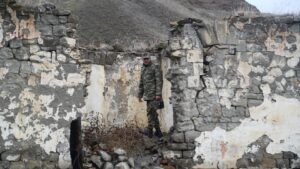













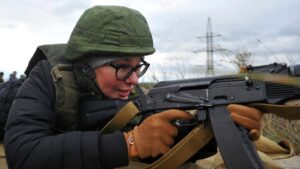


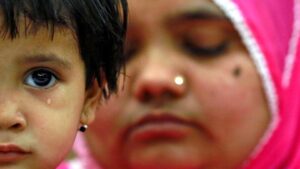

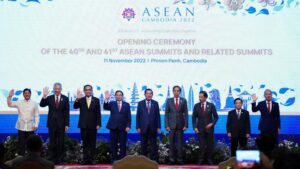






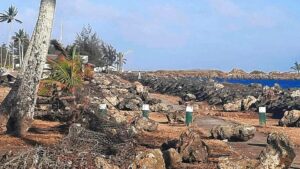






















Be First to Comment